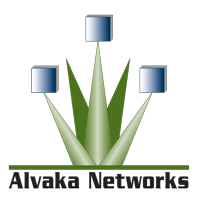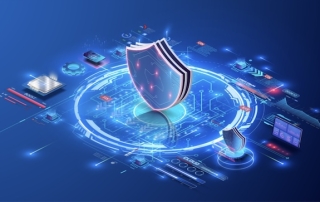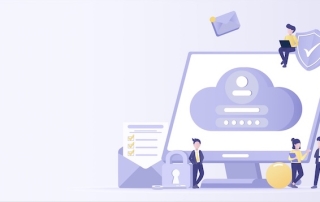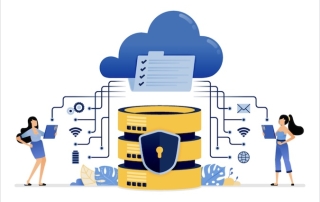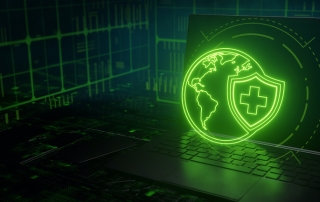What are the Impacts of Generative AI on Cloud Security?
What is Generative AI? Generative AI is a form of artificial intelligence capable of producing fresh content, including text, images, audio, and video. It accomplishes this by learning the patterns and structure from existing data and then using this [...]
What is Cybersecurity Consolidation?
What is Cybersecurity Consolidation? Cybersecurity consolidation refers to the process of streamlining and centralizing various cybersecurity tools, solutions, and processes within an organization. This consolidation aims to improve the efficiency, effectiveness, and [...]
What are Common Web Application Cyberattacks?
A significant portion of cybersecurity attacks target vulnerabilities and security weaknesses discovered within web applications. Web applications continue to be a primary target for cyberattacks and is one of the most common and [...]
Business Email Compromise: The Easiest Route for Threat Actors
BEC, or Business email compromise, is a type of cybercrime that involves attackers manipulating or compromising business email accounts for fraudulent purposes. BEC scams are designed to deceive individuals or organizations into making [...]
Why are Cloud Threat Actors Thriving?
Impact of Cloud Landscape on Incident Response Cloud incident cases differ from standard incident cases because of the different technology concepts. Currently, malicious actors in cloud environments have it easy because many aspects of the cloud landscape are unknown. [...]
Real Risks of Penalties from Failure of HIPAA Compliance
The Health Insurance Portability and Accountability Act (HIPAA) was signed into law close to three decades ago. HIPAA was initially comprised of two primary rules: (1) The Privacy Rule, which establishes standards to protect individuals' medical records and other personal [...]
